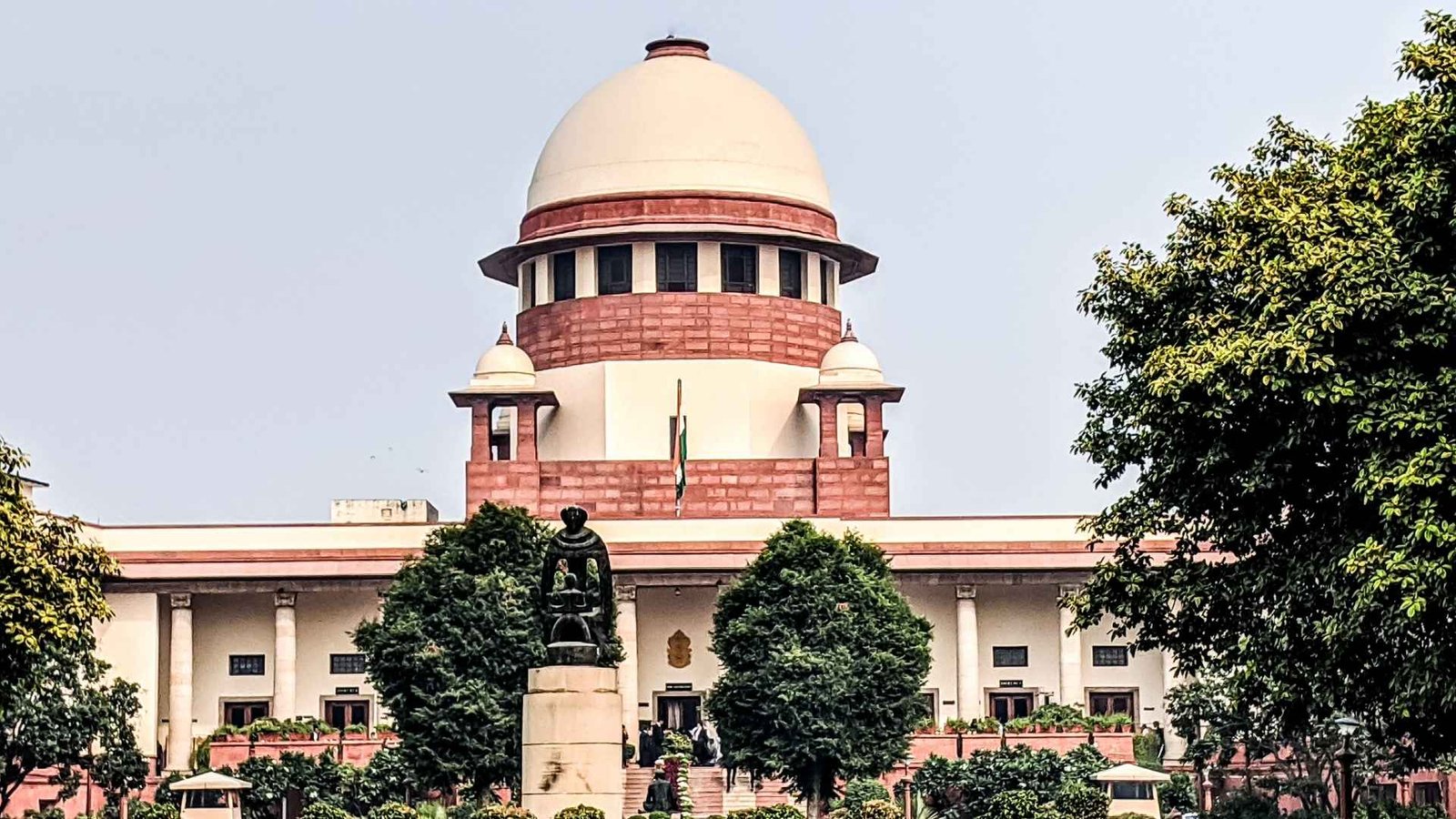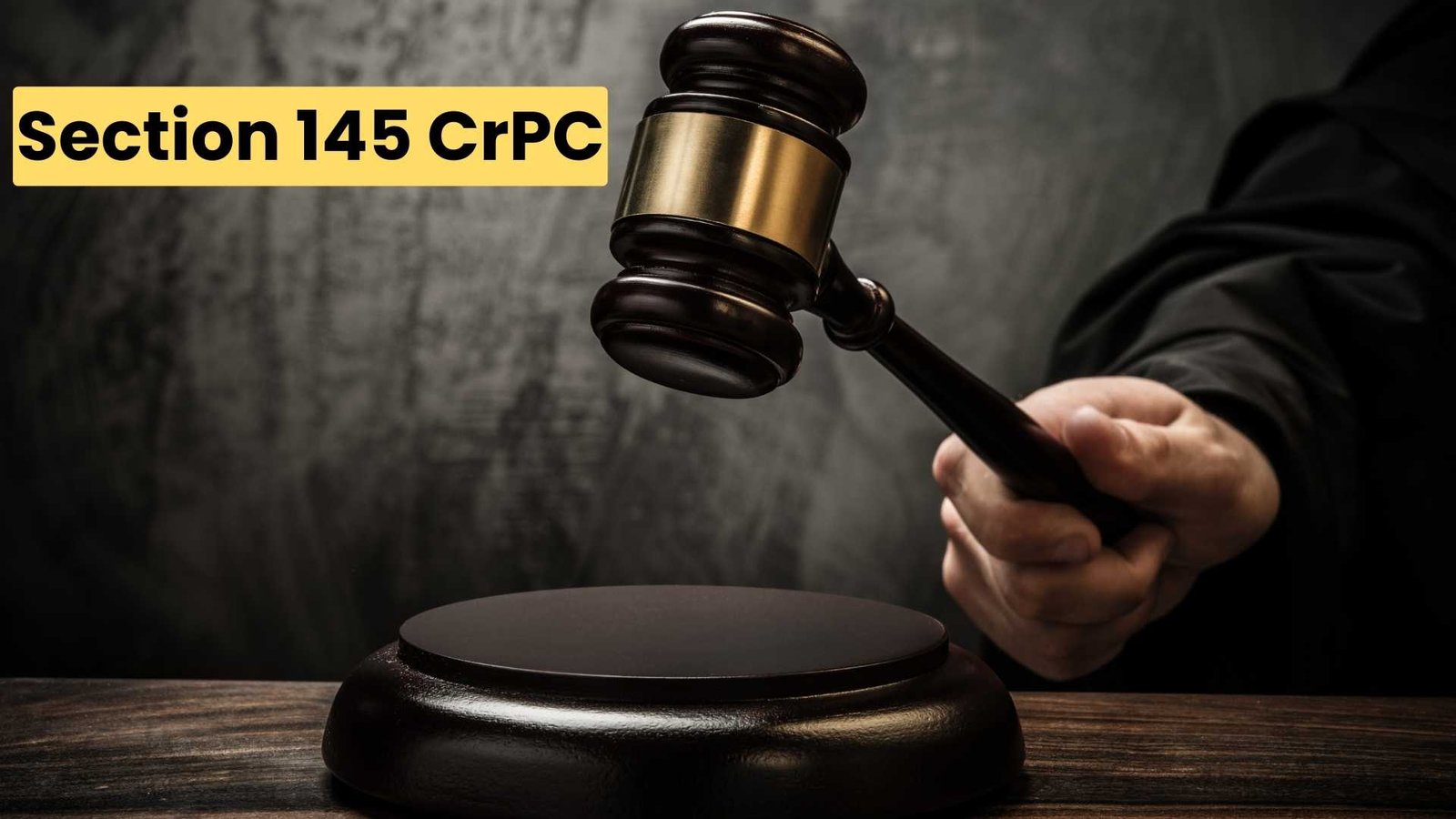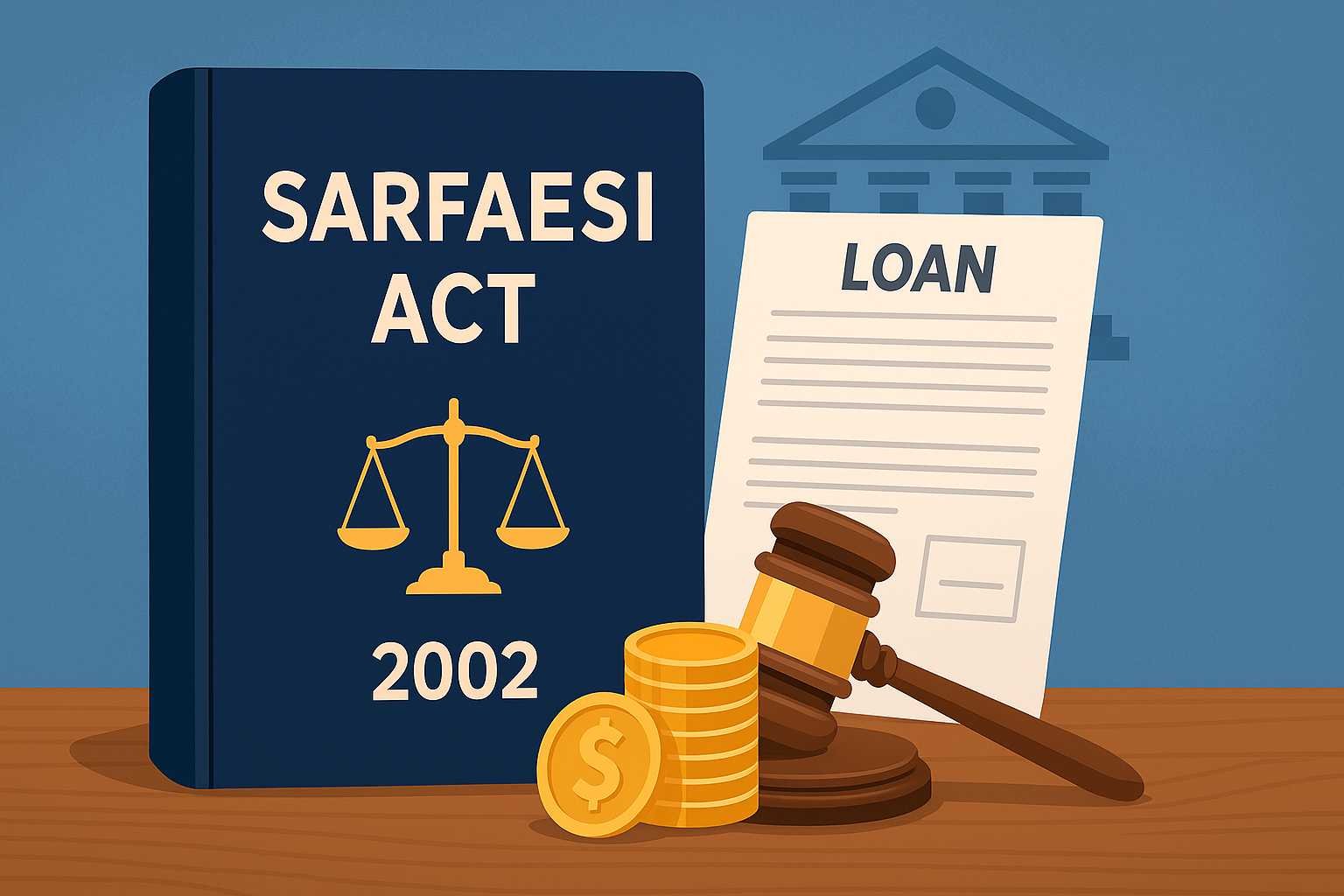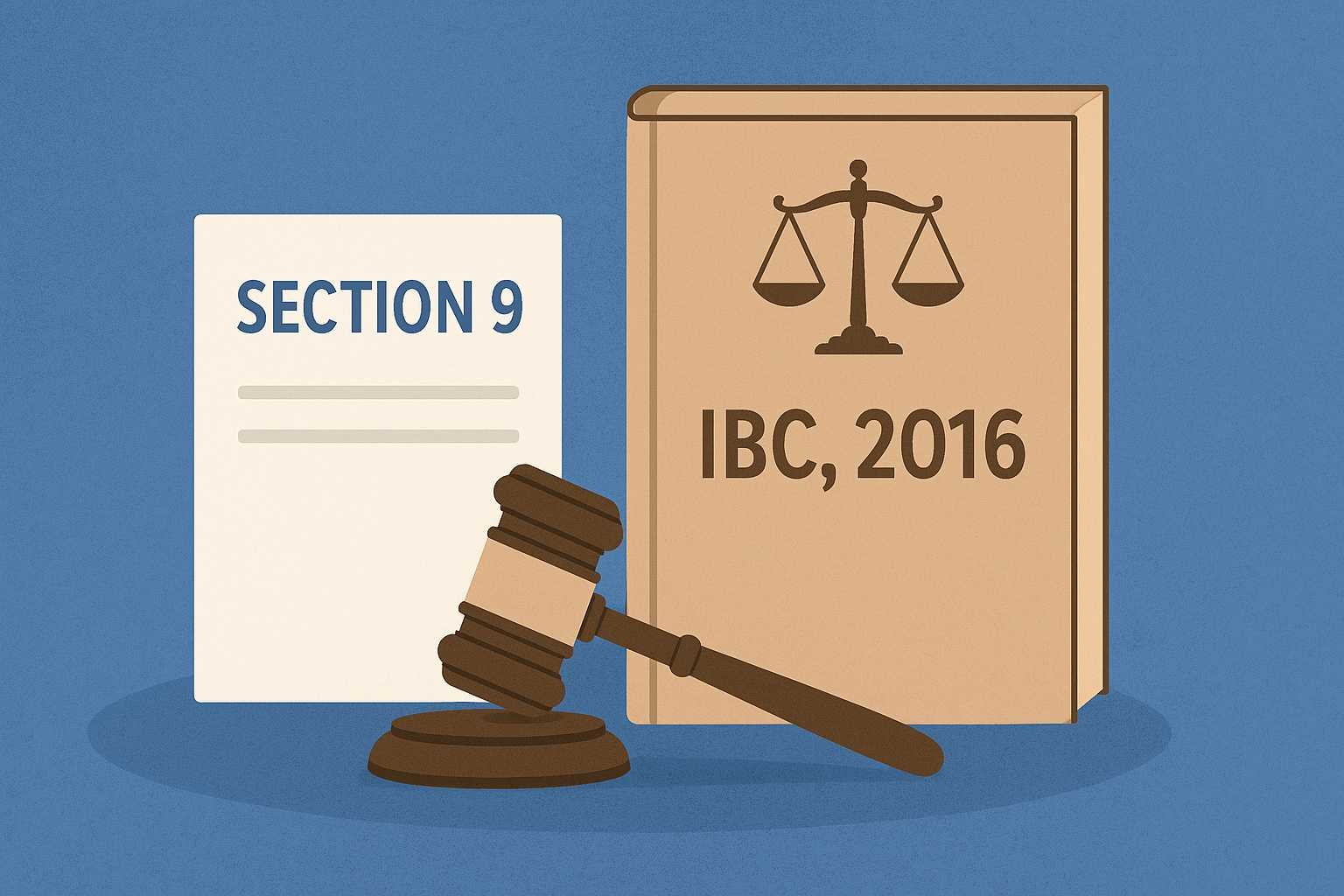On this page you will read detailed information about Article 141 of Indian Constitution.
As you delve into the intricacies of the Indian Constitution, you’ll encounter Article 141, a pivotal provision that shapes the country’s legal landscape. This article holds immense significance in maintaining judicial consistency and upholding the rule of law across India. Understanding its implications is crucial for legal professionals, students, and anyone interested in the Indian judicial system. In this comprehensive exploration, you’ll discover the far-reaching impact of Article 141, its interpretation by the courts, and how it influences legal decisions at various levels. Prepare to unravel the complexities of this constitutional provision and gain valuable insights into its role in India’s legal framework.
What is Article 141?
Article 141 of the Indian Constitution is a fundamental provision that establishes the doctrine of precedent in India’s legal system. This article states that “the law declared by the Supreme Court shall be binding on all courts within the territory of India.” It ensures uniformity and consistency in the interpretation and application of laws across the country.
The Binding Nature of Supreme Court Decisions
The primary purpose of article 141 of indian constitution is to reinforce the supremacy of the Supreme Court as the highest judicial authority in India. By making Supreme Court rulings binding on all courts, Article 141 strengthens the principle of judicial precedent and the hierarchical structure of the Indian judiciary. This means that lower courts must follow the legal interpretations and principles established by the Supreme Court in their judgments.
Scope and Limitations
While Article 141 mandates that all courts follow Supreme Court decisions, it’s important to note that only the ratio decidendi (the reason for the decision) is binding, not the entire judgment. Additionally, there are certain exceptions to this rule:
- Obiter dicta: Statements made by judges that are not essential to the decision are not binding.
- Per incuriam: Decisions made without considering relevant statutory provisions have no force.
- Legislative provisions: Parliament can override Supreme Court precedents through new laws.
Importance in the Indian Legal System
Article 141 plays a crucial role in maintaining legal certainty and promoting equal treatment under the law. It prevents different courts from reaching contradictory conclusions on similar legal issues, thereby enhancing judicial efficiency. This provision also ensures that the interpretation of laws remains consistent across India, fostering a more predictable and stable legal environment.
In the previous post, we had shared information about An Overview of Section 145 of the Code of Criminal Procedure (Section 145 CrPC), so read that post also.
The Doctrine of Precedent and Article 141
Understanding the Doctrine of Precedent
The doctrine of precedent, also known as stare decisis, is a fundamental principle in the Indian legal system. It stipulates that cases with similar facts and circumstances should receive similar judgments, ensuring consistency and equality in the administration of justice. This doctrine has been adopted from English jurisprudence into the Indian legal framework, forming a cornerstone of judicial decision-making.
Article 141 of the Indian Constitution
Article 141 of the Indian Constitution codifies the doctrine of precedent, stating that “the law declared by the Supreme Court shall be binding on all courts within the territory of India.” This provision ensures uniformity in the interpretation and application of laws across the country, promoting legal certainty and judicial efficiency.
Binding Nature and Exceptions
The binding nature of Supreme Court judgments under article 141 of the Indian Constitution applies primarily to the ratio decidendi, or the underlying principle of law that forms the basis of the judgment. However, obiter dicta, which are incidental remarks or opinions expressed by judges, are not considered binding precedents.
It’s important to note that there are exceptions to this binding nature. The Supreme Court can overrule its own previous judgments, and lower courts can distinguish the facts of a case from a Supreme Court judgment if the circumstances differ significantly. Additionally, judgments made per incuriam, or through a lack of consideration of relevant laws, are not considered binding precedents.
Impact on the Indian Legal System
The doctrine of precedent, as enshrined in Article 141, plays a crucial role in maintaining stability, consistency, and predictability in the Indian legal system. It helps generate judicial accountability, ensures fairness in adjudication, and excludes arbitrariness. By providing a framework for lower courts to follow, it also promotes efficiency in the judicial process, limiting the need to re-examine similar legal issues repeatedly.
Supreme Court Judgments are Binding on All Courts
Article 141 of the Indian Constitution establishes a fundamental principle of the Indian legal system: the law declared by the Supreme Court is binding on all courts within the territory of India. This provision, originally drafted as Article 117 in the 1948 Draft Constitution, plays a crucial role in maintaining legal consistency and hierarchy across the nation.
The Scope of Article 141
The binding nature of Supreme Court judgments under article 141 of indian constitution extends to both the ratio decidendi (the reasons for the decision) and obiter dicta (observations not essential to the decision). This comprehensive application ensures that lower courts follow not just the final verdict but also the legal reasoning behind it.
Implications for Lower Courts
All subordinate courts and tribunals are obligated to adhere to Supreme Court rulings. This adherence is not optional, and the mere pendency of an appeal against a Supreme Court judgment does not negate its binding effect. Lower courts can only deviate from a Supreme Court decision in exceptional circumstances, such as when the earlier decision was made in ignorance of relevant law or precedent (per incuriam).
Ensuring Legal Consistency
The principle of stare decisis, which means “to stand by decided cases,” is firmly entrenched in the Indian legal system through Article 141. This principle promotes legal certainty and consistency, as lower courts are bound to follow Supreme Court precedents even if they appear to have “feet of clay”. A judge’s duty is to either distinguish or follow binding precedents, not to refuse to decide a case on the grounds that the law is silent or obscure.
By establishing a clear hierarchy of judicial authority, article 141 of the indian constitution ensures uniformity in the interpretation and application of laws across India, contributing to a more cohesive and predictable legal system.
Article 141 Applies to All Courts in India
Article 141 of the Indian Constitution establishes a fundamental principle that shapes the entire Indian judicial system. This crucial provision states that “the law declared by the Supreme Court shall be binding on all courts within the territory of India.” According to the Constitution of India, this article was originally drafted as Article 117 in the 1948 Draft Constitution before being adopted as Article 141 in the final 1950 Constitution.
Ensuring Uniformity and Consistency
The primary purpose of article 141 of the Indian Constitution is to ensure uniformity and consistency in the interpretation and application of laws throughout the country. As noted by Constitution Simplified, this provision strengthens the system of judicial precedent, promoting legal certainty, equal treatment, and judicial efficiency in the Indian legal system.
Scope and Limitations
While Article 141 establishes the binding nature of Supreme Court judgments, it’s important to understand its scope and limitations:
- The binding effect applies to the ratio decidendi (reasoning) of the judgment, not the entire text.
- Obiter dicta (incidental remarks) are not binding.
- Judgments made per incuriam (through lack of care) or sub silentio (without considering applicable law) may not be binding.
According to Indian Kanoon, this article reinforces the Supreme Court’s role as the final arbiter of legal interpretation, maintaining the hierarchical structure of the judiciary.
Notable Cases and Interpretations
Several landmark cases have further clarified the application of Article 141:
- In Mohd. Ahmed Khan v. Shah Bano Begum (1985), the Supreme Court held that its interpretation of religious texts is a binding precedent.
- State of U.P v. Synthesis & Chemicals Ltd. (1991) established that decisions not founded on reasons or proper consideration of issues may not have a binding effect under Article 141.
- Drishti Judiciary reports that in Paramjit Kaur v. State of Punjab (2021), the Supreme Court took steps to expand the powers laid down under Article 141 of the Constitution.
Exceptions to Article 141
While Article 141 of the Indian Constitution establishes the binding nature of Supreme Court judgments on all courts within India, there are important exceptions to this principle. These exceptions allow for flexibility in the legal system and ensure that justice can be served even in unique circumstances.
Per Incuriam Decisions
One significant exception to article 141 of indian constitution is the doctrine of per incuriam. This refers to judgments made “through lack of care” or without considering relevant legal authorities or statutes. Such decisions are not treated as binding precedents, as they were made without proper consideration of existing laws.
Overruling Previous Judgments
The Supreme Court has the power to overrule its own previous judgments if it finds them to be incorrect or requiring reconsideration. This flexibility allows the highest court to adapt to changing societal needs and correct past errors when necessary.
Distinguishing Cases
Lower courts have the ability to distinguish cases based on materially different facts. If a court finds that the circumstances of a particular case differ significantly from those in a Supreme Court judgment, it may not be bound by that precedent. However, this power should be exercised judiciously.
Non-Speaking Orders
Special leave petitions dismissed by the Supreme Court without going into the merits of the case (non-speaking orders) do not qualify as binding precedents under Article 141. These orders lack the necessary reasoning to establish a legal principle.
By recognizing these exceptions, the Indian legal system maintains a balance between consistency and flexibility, ensuring that article 141 can be applied effectively while still allowing for adaptability in unique legal situations.
Controversies Around Article 141
Judicial Inconsistency and Overreach
The application of article 141 of the Indian Constitution has not been without its share of controversies. One major point of contention is the inconsistent application of precedents by courts. There have been instances where judges have ignored relevant precedents or departed from their own previous rulings, leading to uncertainty in the legal system. This inconsistency undermines the very purpose of Article 141, which is to ensure uniformity and predictability in the application of law across India.
Another controversial aspect is the practice of courts passing judgments with caveats that they should not be treated as precedents. This approach goes against the doctrine of stare decisis, a fundamental principle of the common law system. Such practices can erode public faith in the administration of justice and create confusion about which rulings should be followed.
Scope and Limitations of Binding Precedents
The scope of Article 141 has also been a subject of debate. While the article states that the law declared by the Supreme Court is binding on all courts, questions arise about what constitutes “law declared” and how it applies to different types of rulings. For instance, there are ongoing discussions about whether obiter dicta (incidental remarks) should have the same binding effect as the ratio decidendi (the core reasoning) of a judgment.
Furthermore, the power of the Supreme Court to overrule its own decisions has led to debates about the stability of legal precedents. While this flexibility allows for the evolution of law, it can also create uncertainty if not exercised judiciously.
As these controversies continue to shape the interpretation and application of Article 141, they underscore the need for a balanced approach that maintains the integrity of the judicial system while allowing for necessary adaptations to changing societal needs.
Impact of Article 141 on the Judicial System
Ensuring Uniformity and Consistency
Article 141 of the Indian Constitution plays a pivotal role in shaping the country’s judicial landscape. By establishing that the law declared by the Supreme Court is binding on all courts within India’s territory, it ensures uniformity and consistency in the interpretation and application of laws across the nation. This provision strengthens the doctrine of precedent, creating a hierarchical structure that promotes legal certainty and predictability.
Strengthening the Rule of Law
The binding nature of Supreme Court judgments under Article 141 of the Indian Constitution significantly bolsters the rule of law. It guarantees that similar cases are decided alike, fostering fairness and equal treatment in the administration of justice. This consistency not only enhances public faith in the judiciary but also improves judicial efficiency by providing clear guidelines for lower courts to follow.
Challenges and Exceptions
While Article 141 establishes a general rule of bindingness, there are certain exceptions and challenges. The Supreme Court retains the power to overrule its own previous judgments if they are found to be erroneous or no longer relevant. Additionally, lower courts can distinguish the facts of a case from a Supreme Court judgment if the circumstances significantly differ. These nuances allow for some flexibility within the system, ensuring that the law can adapt to changing societal needs while maintaining overall consistency.
Article 141 vs Stare Decisis
The Binding Nature of Supreme Court Decisions
Article 141 of the Indian Constitution and the doctrine of stare decisis are closely intertwined principles that shape India’s legal landscape. Article 141 states that “the law declared by the Supreme Court shall be binding on all courts within the territory of India.” This provision essentially codifies the principle of stare decisis, which means “to stand by decided cases,” into the Indian legal system.
While both concepts reinforce the authority of judicial precedents, there are some key distinctions in their application and scope.
Scope and Limitations
The binding nature of Supreme Court decisions under article 141 of the Indian Constitution is limited to the ratio decidendi – the reason or principle on which a case was decided. Obiter dicta, or incidental remarks made in passing, are not considered binding. Additionally, decisions made without proper consideration of relevant statutes or earlier binding decisions (per incuriam) may not have the same binding effect.
In contrast, the doctrine of stare decisis has a broader application. It encompasses not only Supreme Court decisions but also establishes a hierarchical system of precedents where lower courts are generally bound by the decisions of higher courts within their jurisdiction.
Flexibility and Evolution
While article 141 of the Indian Constitution establishes a strong precedential system, it does not bind the Supreme Court to its own previous decisions. The Supreme Court retains the power to overrule or modify its earlier judgments if it finds them erroneous or if circumstances have changed significantly. This flexibility allows for the evolution of legal principles over time.
The doctrine of stare decisis, while emphasizing consistency, also recognizes the need for legal evolution. It allows for distinguishing cases based on facts and gradual shifts in legal interpretation, providing a balance between stability and adaptability in the legal system.
Article 141 of the Indian Constitution FAQs
Article 141 of the Indian Constitution establishes the principle that the law declared by the Supreme Court is binding on all courts within India’s territory. This provision forms the basis for the doctrine of precedent in the Indian legal system, ensuring uniformity and consistency in the interpretation and application of laws across the country. According to the Constitution of India, this article was originally drafted as Article 117 in the 1948 Draft Constitution before being adopted as Article 141 in the final 1950 Constitution.
The scope of Article 141 extends to the ratio decidendi, or the underlying legal principle, of Supreme Court judgments. This means that not just the specific rulings, but also the legal doctrines established in these judgments are binding on all lower courts. However, there are certain exceptions to this rule. As noted by legal experts, the binding force of precedents can be weakened or destroyed in specific conditions, such as when a decision is abrogated, reversed on different grounds, or made in ignorance of a relevant statute.
Article 141 of the Indian Constitution plays a crucial role in maintaining the stability and predictability of the legal system. By ensuring that lower courts follow the Supreme Court’s interpretations, it promotes judicial accountability and fairness in adjudication. According to legal scholars, this doctrine helps exclude arbitrariness and maintains consistency in legal decision-making across the country. It also strengthens the system of judicial precedent, which is fundamental to the common law tradition that India follows.
Conclusion
In conclusion, Article 141 of the Indian Constitution plays a pivotal role in maintaining legal consistency and upholding the principle of stare decisis across the nation. By binding all courts to the Supreme Court’s decisions, it ensures uniformity in the interpretation and application of laws. As you navigate the complexities of the Indian legal system, understanding the significance of Article 141 is crucial. It not only shapes the judicial landscape but also provides stability and predictability in legal matters. Remember, this constitutional provision is a cornerstone of India’s judicial framework, reinforcing the Supreme Court’s authority and promoting a cohesive legal environment for all citizens.
Disclaimer
The information and services on this website are not intended to and shall not be used as legal advice. You should consult a Legal Professional for any legal or solicited advice. While we have good faith and our own independent research to every information listed on the website and do our best to ensure that the data provided is accurate. However, we do not guarantee the information provided is accurate and make no representation or warranty of any kind, express or implied, regarding the accuracy, adequacy, validity, reliability, availability, or completeness of any information on the Site. UNDER NO CIRCUMSTANCES SHALL WE HAVE ANY LIABILITY TO YOU FOR ANY LOSS OR DAMAGE OF ANY KIND INCURRED AS A RESULT OR RELIANCE ON ANY INFORMATION PROVIDED ON THE SITE. YOUR USE OF THE SITE AND YOUR RELIANCE ON ANY INFORMATION ON THE SITE IS SOLELY AT YOUR OWN RISK. Comments on this website are the sole responsibility of their writers so the accuracy, completeness, veracity, honesty, factuality and politeness of comments are not guaranteed.
So friends, today we talked about Article 141 of Indian Constitution, hope you liked our post.
If you liked the information about Article 141 of Indian Constitution, then definitely share this article with your friends.
Knowing about laws can make you feel super smart ! If you find value in the content you may consider joining our not for profit Legal Community ! You can ask unlimited questions on WhatsApp and get answers. You can DM or send your name & number to 8208309918 on WhatsApp








